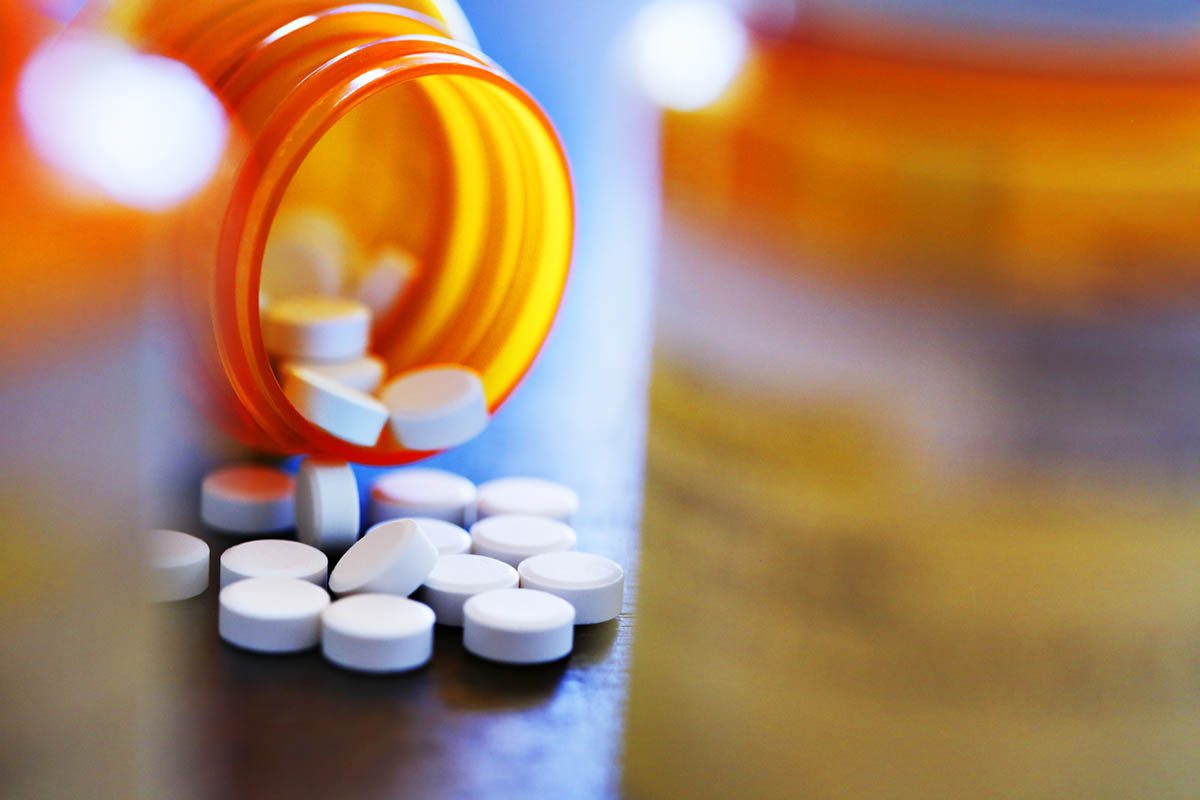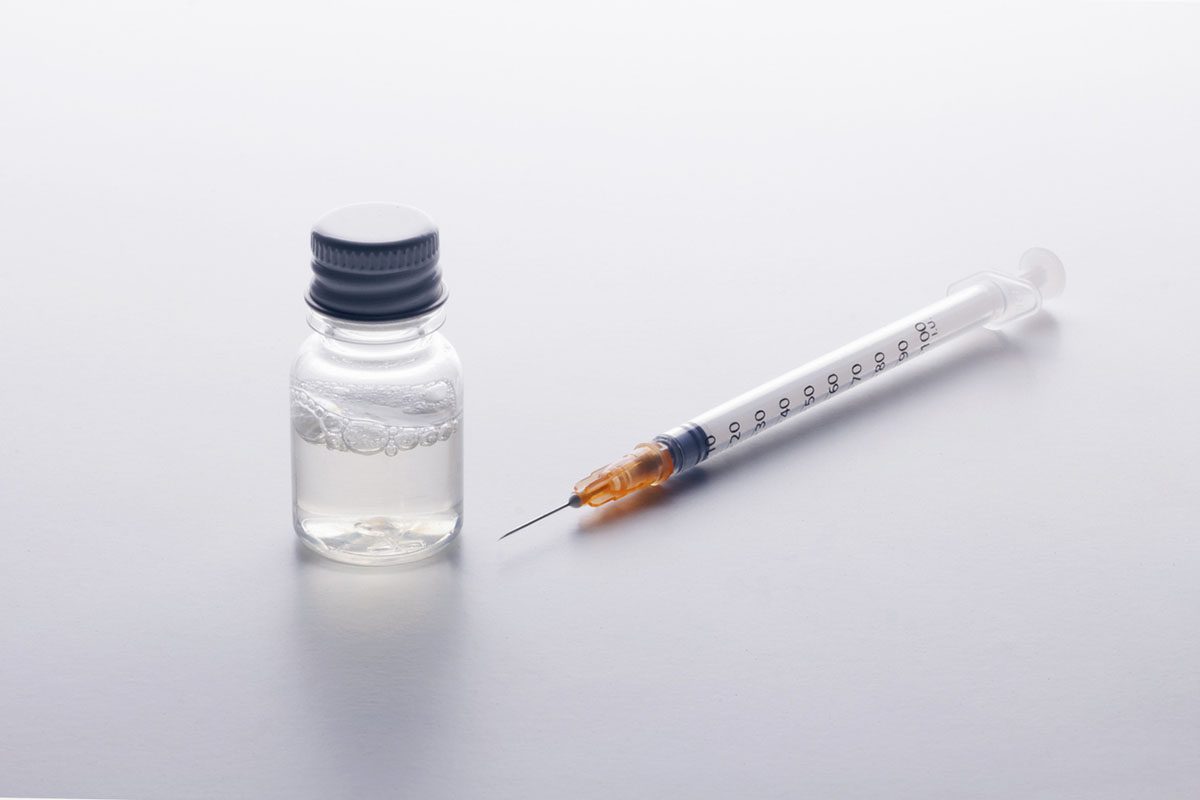Because this piece does not have an abstract, we have provided for your benefit the first 3 sentences of the full text.
To the Editor: Crack cocaine is a significant public health problem in the United States, with over 354,000 past-month users in 2014. While crack cocaine is typically smoked, approximately 15% of intravenous drug users report injecting crack cocaine. Soft tissue infections are common occurrences from the injection of nonsterile drugs, contaminants, fillers, or saliva.
Bilateral Upper Extremity Cellulitis From Injecting Crack Cocaine Dissolved in Lemon Juice: A Case Report
To the Editor: Crack cocaine is a significant public health problem in the United States, with over 354,000 past-month users in 2014.1 While crack cocaine is typically smoked, approximately 15% of intravenous drug users report injecting crack cocaine.2,3 Soft tissue infections are common occurrences from the injection of nonsterile drugs, contaminants, fillers, or saliva.4,5 Here, we describe a patient with a long history of intravenous (IV) powder cocaine use who presented with bilateral upper extremity cellulitis after injecting crack cocaine dissolved in lemon juice.
Case report. Mr A is a 62-year-old man with a past history notable for hepatitis C and severe alcohol and cocaine use disorders. He presented to the emergency department with pain and swelling of his arms after 6 days of injecting crack cocaine. Mr A had been injecting powder cocaine for decades without these symptoms but purchased crack cocaine for the first time because he was unable to find powder cocaine. Mr A dissolved the crack cocaine in an equal proportion of lemon juice and water. The solution was more difficult to inject because he often lost the vein mid-injection. He denied any recent use or injection of other drugs.
On physical examination, the ventral surfaces of both forearms were diffusely erythematous with visible track marks. No lymphangitic streaking, crepitus, or skip lesions were noted. He was afebrile, with a leukocyte count of 11.8 ×— 109/L and a C-reactive protein level of 1,112.40 nmol/L. Mr A was admitted for treatment of bilateral upper extremity cellulitis and started on IV vancomycin and piperacillin/tazobactam. Blood cultures were negative. The cellulitis improved, and IV antibiotics were transitioned to oral doxycycline and cephalexin. He was discharged 1 week later with referrals for outpatient addiction and mental health services.
This case represents a likely complication resulting from the injection of crack cocaine dissolved in lemon juice. Mr A had been injecting cocaine powder for decades without suffering any known soft tissue infections until he injected crack cocaine dissolved in lemon juice. The coinjection of lemon juice may have been the contributing factor that facilitated the development of cellulitis in this patient.
Powder cocaine (cocaine hydrochloride) is highly water soluble, allowing the drug to be insufflated or injected.6 On the contrary, crack cocaine (freebase form of cocaine) vaporizes at much lower temperatures, allowing for the drug to be smoked but not easily injected. A greater accessibility and reduced cost contribute to the injection of crack cocaine over powder cocaine.7
To make crack cocaine suitable for injection, a weak acid is required to create a charged polarized salt by the addition of a hydrogen ion.8 A variety of acids have been used for this purpose, including ascorbic acid (vitamin C), citric acid (such as from lemon juice), and ascetic acid (vinegar).9 Lemon juice has been associated with abscesses8 and endophthalmitis,10,11 as well as outbreaks of disseminated candidiasis with ocular, cutaneous, and osteoarticular involvement.12 While the mechanism for these infections is not fully understood, lemon juice is considered to be a growth medium for candida albicans8 and may also be particularly corrosive to veins, raising the risk of introducing pathogens into the subcutaneous space.5,12,13 Although research to assess whether the use of sterile citric acid reduces the likelihood of infections or other complications is limited, some agencies have advocated for the provision of sterile, single-use citric acid powder at needle exchange sites as a harm-reduction strategy.14,15
Injection of crack cocaine leads to numerous medical complications, and the use of lemon juice to convert crack to the more water-soluble form may expose users to cellulitis at the site of injection.
References
1. Results From the 2014 National Survey on Drug Use and Health: Mental Health Detailed Tables. Rockville, MD: Center for Behavioral Health Statistics and Quality. September 10, 2015. Substance Abuse and Mental Health Services Administration Web site. http://www.samhsa.gov/data/sites/default/files/NSDUH-MHDetTabs2014/NSDUH-MHDetTabs2014.pdf. Accessed August 31, 2016.
2. Buchanan D, Tooze JA, Shaw S, et al. Demographic, HIV risk behavior, and health status characteristics of "crack" cocaine injectors compared to other injection drug users in three New England cities. Drug Alcohol Depend. 2006;81(3):221-229. PubMed doi:10.1016/j.drugalcdep.2005.07.011
3. Roy E, Leclerc P, Morissette C, et al. Prevalence and temporal trends of crack injection among injection drug users in eastern central Canada. Drug Alcohol Depend. 2013;133(1):275-278. PubMed doi:10.1016/j.drugalcdep.2013.05.013
4. Kerr T, Wood E, Grafstein E, et al. High rates of primary care and emergency department use among injection drug users in Vancouver. J Public Health (Oxf). 2005;27(1):62-66. PubMed doi:10.1093/pubmed/fdh189
5. Kaushik KS, Kapila K, Praharaj AK. Shooting up: the interface of microbial infections and drug abuse. J Med Microbiol. 2011;60(pt 4):408-422. PubMed doi:10.1099/jmm.0.027540-0
6. Ciccarone D. Stimulant abuse: pharmacology, cocaine, methamphetamine, treatment, attempts at pharmacotherapy. Prim Care. 2011;38(1):41-58, v-vi. PubMed doi:10.1016/j.pop.2010.11.004
7. Johnson WA, Ouellet LJ. The injection of crack cocaine among Chicago drug users. Am J Public Health. 1996;86(2):266. PubMed doi:10.2105/AJPH.86.2.266
8. Waninger KN, Gotsch PB, Watts D, et al. Use of lemon juice to increase crack cocaine solubility for intravenous use. J Emerg Med. 2008;34(2):207-209. PubMed doi:10.1016/j.jemermed.2007.05.035
9. Lankenau SE, Clatts MC, Goldsamt LA, et al. Crack cocaine injection practices and HIV risk: findings from New York and Bridgeport. J Drug Issues. 2004;34(2):319-332. PubMed doi:10.1177/002204260403400204
10. Albini TA, Sun RL, Holz ER, et al. Lemon juice and Candida endophthalmitis in crack-cocaine misuse. Br J Ophthalmol. 2007;91(5):702-703. PubMed doi:10.1136/bjo.2006.0108365
11. Servant JB, Dutton GN, Ong-Tone L, et al. Candidal endophthalmitis in Glaswegian heroin addicts: report of an epidemic. Trans Ophthalmol Soc U K. 1985;104(Pt 3):297-308. PubMed
12. Bisbe J, Miro JM, Latorre X, et al. Disseminated candidiasis in addicts who use brown heroin: report of 83 cases and review. Clin Infect Dis. 1992;15(6):910-923. PubMed doi:10.1093/clind/15.6.910
13. Shankland GS, Richardson MD. Possible role of preserved lemon juice in the epidemiology of candida endophthalmitis in heroin addicts. Eur J Clin Microbiol Infect Dis. 1989;8(1):87-89. PubMed doi:10.1007/BF01964128
14. Rhodes T, Briggs D, Kimber J, et al. Crack-heroin speedball injection and its implications for vein care: qualitative study. Addiction. 2007;102(11):1782-1790. PubMed doi:10.1111/j.1360-0443.2007.01969.x
15. Effective Interventions Unit. Evaluation of the provision of single use citric acid sachets to injecting drug users: summary. Scottish Government Web site. http://www.gov.scot/Publications/2003/03/16639/19338. Updated 2003. Accessed November 11, 2015.
aDepartment of Psychiatry and Behavioral Sciences, Emory University School of Medicine, Atlanta, Georgia
bDepartment of Psychiatry, Brigham and Women’s Hospital, Boston, Massachusetts
Potential conflicts of interest: None.
Funding/support: None.
Published online: October 13, 2016.
Prim Care Companion CNS Disord 2016;18(5):doi:10.4088/PCC.16l01933
© Copyright 2016 Physicians Postgraduate Press, Inc.
Please sign in or purchase this PDF for $40.00.




